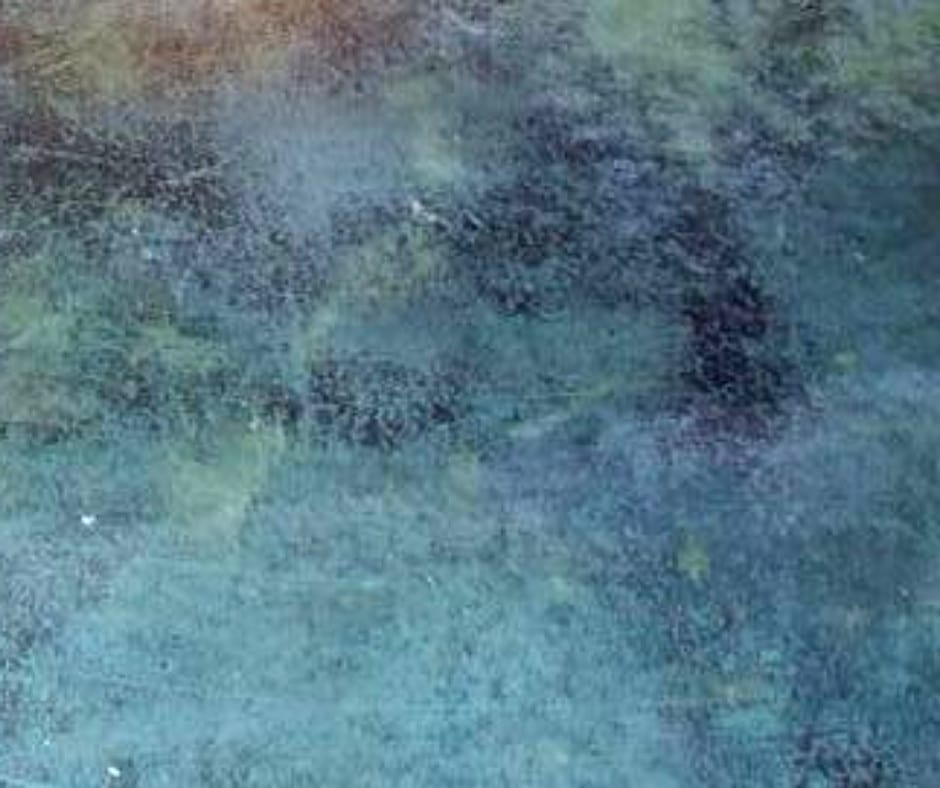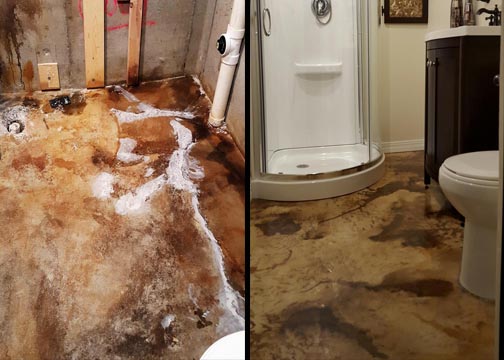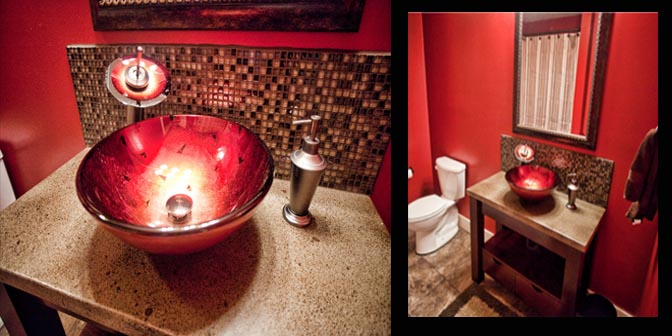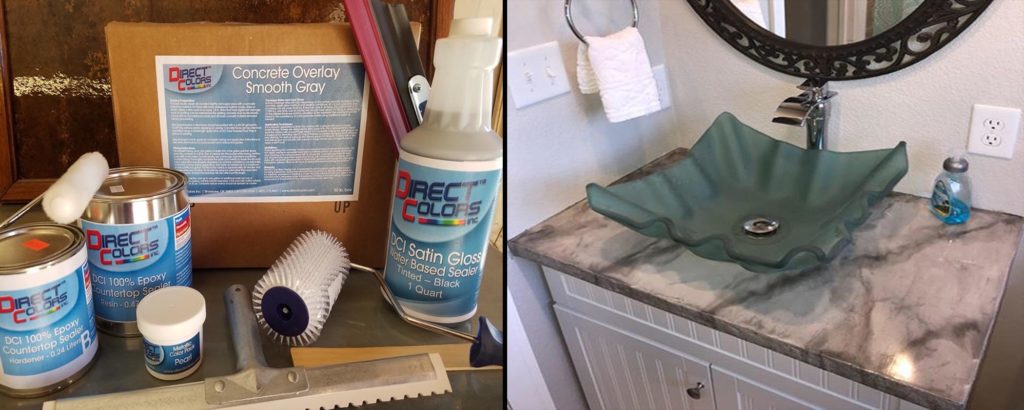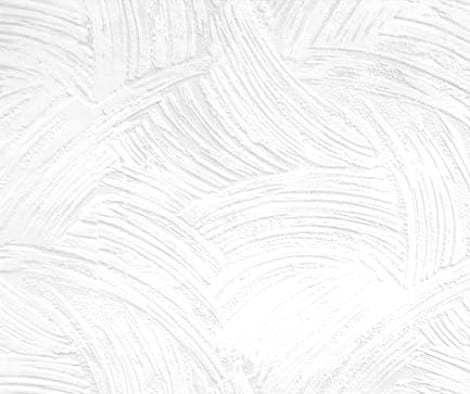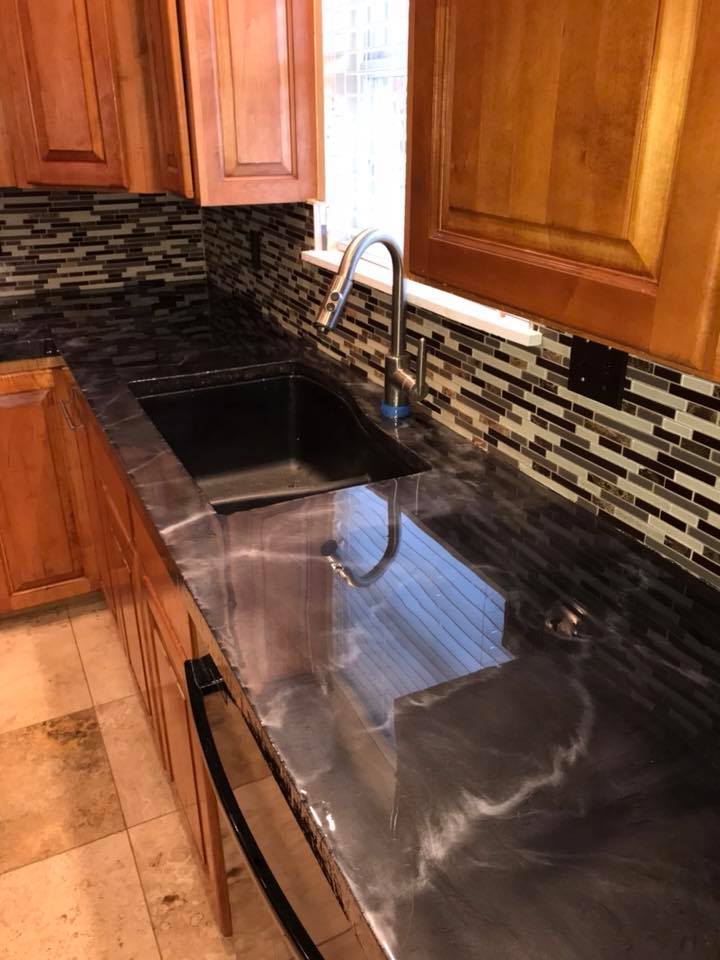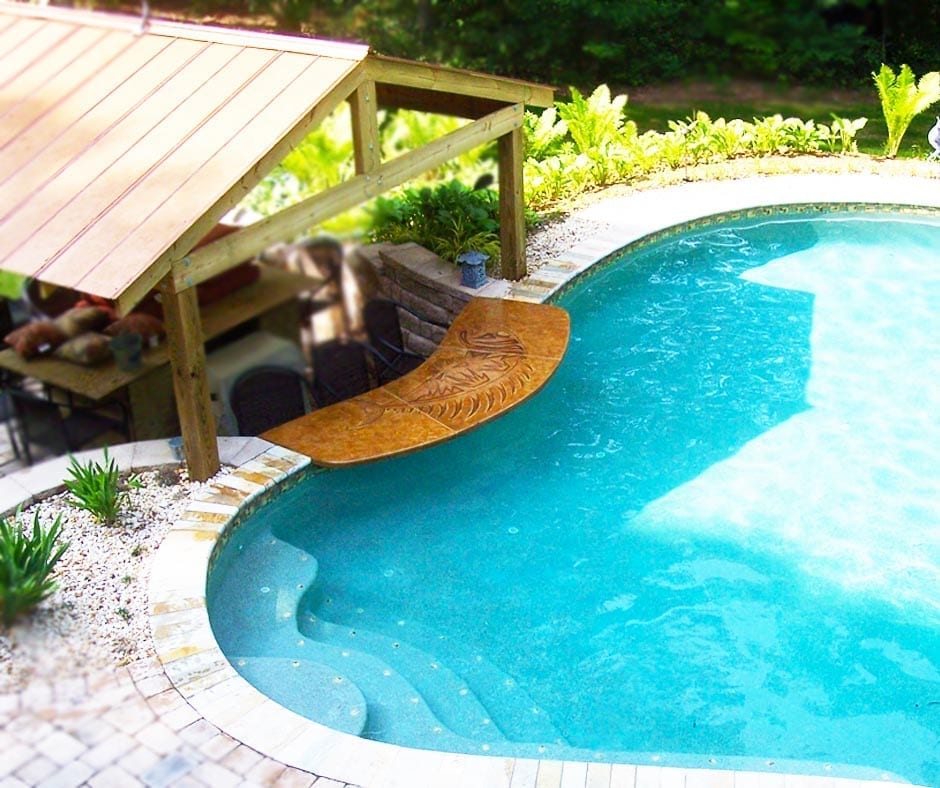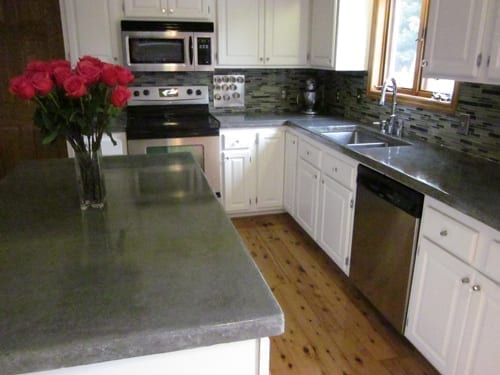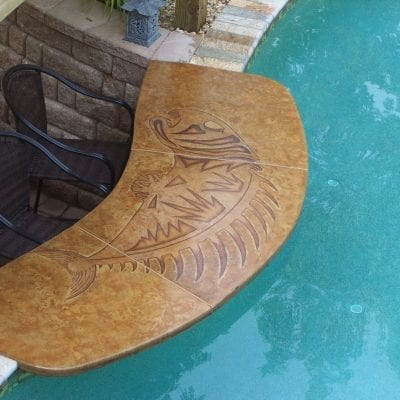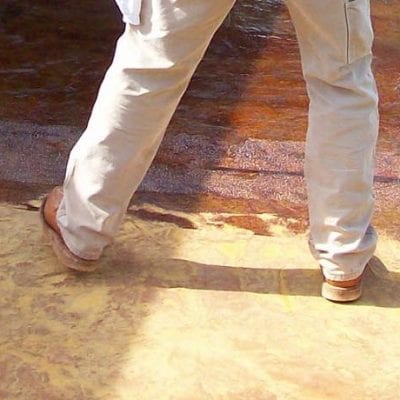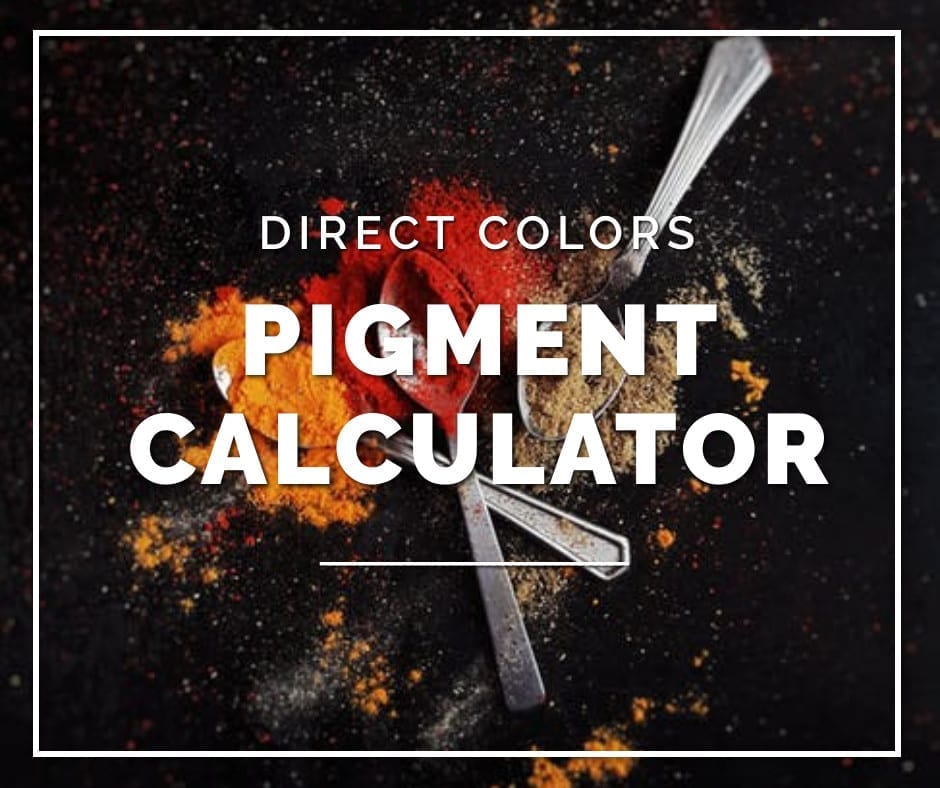Podcast: Play in new window | Download
Podcast: Exploring the Many Uses of DIY Concrete Pigment with Shawna Turner
Concrete pigments can be used for a lot more than just slabs. Our customers buy Direct Colors pigments for everything from decorative planters to warehouse slabs and just about everything in between. With more on the many uses for DIY concrete pigment is Shawna Turner, General Manager, with Direct Colors. Welcome, Shawna.
Shawna: Thank you very much
Lisa: So let’s have it. What’s the most popular use for concrete pigment?
ST: Without a doubt, it’s concrete slabs of every kind. If you’re just looking for a solid, rich color in your concrete nothing better than concrete pigment. It’s a stress-free color option and really the only thing the home or business owner has to do is seal the concrete after 30 days curing time. Integrally colored concrete is very popular for outdoor concrete, especially stamped concrete, but it’s increasingly popular for interior floors as well because it’s cost effective, easy and low maintenance.
Lisa: Please explain the difference between concrete pigment and integral color. Is it the same thing?
ST: Yes, it is but I can see were the terms might be confusing. Concrete pigment is a powdered pigment added to concrete prior to pouring to integrally color or color the concrete throughout. Because the concrete is integrally colored, the color is still visible even if the surface is damaged or chipped. The color really is permanent though it can fade somewhat overtime if not properly sealed.
Lisa: What are some other popular options for concrete pigment?
ST: I think concrete countertops are probably our second most popular project. Customers choose concrete pigment for countertops for the same reason as floors – easy to use, consistent color and good selections of color options. Pigment can be used in either a poured concrete countertop or in our concrete overlay. Our most popular concrete countertop color is by far our 15.4 Premium Blue Pigment followed by the 230 Black pigment. People really love their blue and black countertops.
Lisa: Can you use pigment for grout, mortar or other finishing materials?
ST: Sure. We get a lot of calls for custom grout colors in particular but concrete pigment can be used with any cement-based material. Stucco is also very popular. We offer a wider color selection than can be found at most big-box stores and we sell direct to the public. It’s difficult for DIYer’s looking for smaller pigment quantities to find affordable products locally or online. We have three varieties of blue concrete pigment for sale on our website, directcolors.com, which is a challenging color to find generally.
Lisa: Is there anything special about Direct Colors pigments that sets them apart from other products on the market?
ST: Why of course! Seriously though, it is important to choose pigments according to their use. Our pigments are UV stable and chemically inert so they can be used outdoors as well as with many different cement-based materials. Pigments that are not UV resistant will fade and deteriorate with exposure to sunlight. Because our pigments are non-reactive, they can be safely added to integrally color most any cement-based material. Keep in mind that all outdoor projects should be sealed with a quality concrete sealer and most indoor projects. Sealing protects the surface from undesirable staining, makes clean up easier and darkens the concrete color overall.
We use the same pigments in our Liquid Colored Antique and Tinted Concrete Sealers so each product can be used outdoors and if well maintained over time, the color will not fade with exposure to sunlight.
Lisa: Thank you, Shawna, for the information about what projects concrete pigment can be used for. Here are few blogs post on the subject from our website, directcolors.com – Color Stucco and Plaster with DCI Concrete Pigments, Top 10 Uses for Professional and DIY Concrete Pigment and Integral Color and Concrete Pigment for Tile Grout Color and More. A little something for everyone.
Lisa: directcolors.com/listen includes podcasts on many decorative concrete topics so visit our podcast library, including Episode 19: Calculating Pigment for Coloring Grout, Stucco, Mortar and Plaster and check back frequently to see what’s new in the world of DIY decorative concrete! Thank you for listening.
Lisa: The DIRECTCOLORS.COM/LISTEN podcast is produced twice monthly for your enjoyment and show notes can be found at DIRECTCOLORS.COM/LISTEN. Come back often and feel free to add the podcast to your favorite RSS feed. You can also follow us on Twitter, Facebook, Google+ and Instagram. All links are in the show notes. I’m Lisa Bickel and thank you for joining us!






